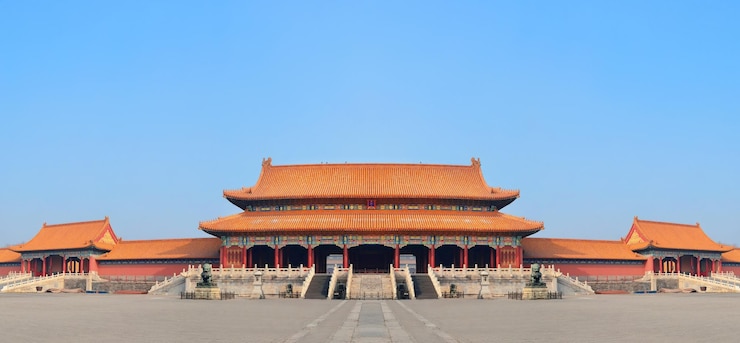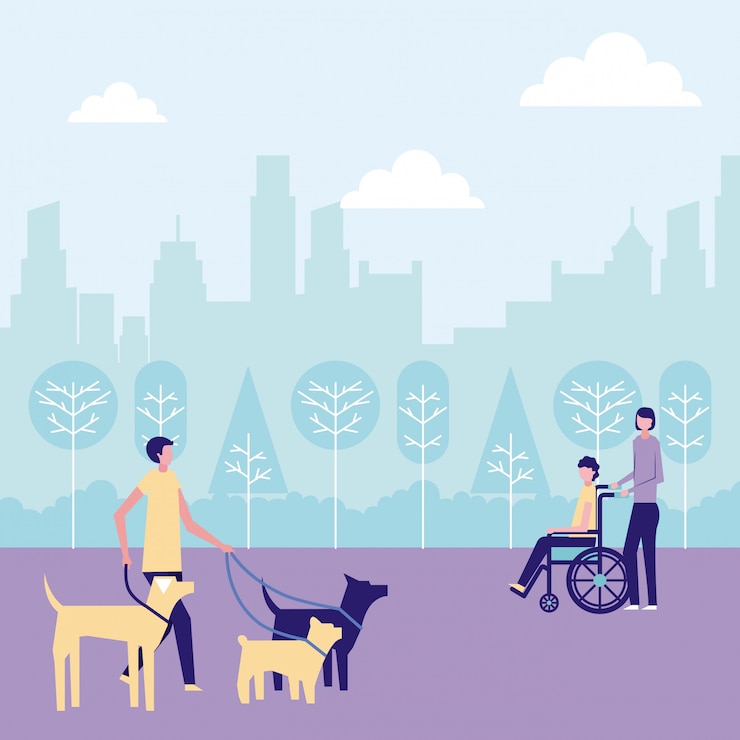
Beijing’s constantly evolving skyline seems to welcome a new building every day, but the city is far from ordinary when it comes to architecture. Many of its unique structures resemble familiar objects, such as a pair of trousers, a mountain range, or a giant egg.
These eye-catching designs mark a significant departure from Beijing’s traditional imperial architecture. When Mao Zedong took power in the mid-20th century, the city’s traditional courtyard homes, known as sìhéyuàn, were replaced by gray workers’ housing, Soviet-style apartment blocks, and wide boulevards. A few preserved hútòngs, or alleyways, now lie close to grand roads that were once filled with bicycles and overshadowed by groundbreaking, earthquake-resistant architecture.
As China geared up for the 2008 Summer Olympics in Beijing, a boom in innovative architecture swept across the country. Renowned architects from around the world arrived to stretch the limits of design, resulting in structures that symbolize China’s power and modernity.
In 2014, President Xi Jinping called for a halt to “strange or weird” architecture, which has left its mark on many Chinese cities, like the coin-shaped Guangzhou Yuan Building in Guangzhou and the Ring of Life in Shenfu New Town, Liaoning Province. By 2016, the government officially declared an end to “oversized, xenocentric, weird” designs. Yet, despite the shift towards more “suitable, economic, green, and pleasing” architecture, these unique buildings still captivate the world.
Midway between Beijing Capital Airport and the city center, you’ll find the Wangjing SOHO complex. This futuristic development features a trio of interconnected office and retail towers designed by the late Zaha Hadid and Patrik Schumacher. Situated in the tech business hub of Wangjing, northeast Beijing, these towers rise dramatically, surrounded by a spacious public park. Depending on the angle, the buildings can appear to be separate or interconnected.
One structure that commands attention is the bulky, silver-gray China Central Television headquarters, nicknamed “big pants” due to its distinctive design resembling a pair of trousers. Created by Rem Koolhaas and Ole Scheeren of OMA, the $900 million, 51-story building looms 767 feet above Beijing’s central business district. The structure unifies CCTV’s scattered offices with its two leaning towers connecting at a high cantilever “loop.” While visitors cannot enter, they can admire its exterior and catch glimpses of its interior via the nightly news.
Another standout is the National Centre for the Performing Arts, designed by the late French architect Paul Andreu. Shaped like a giant egg, this titanium and glass building sits next to Tian’anmen Square, housing a concert hall, an opera house, and a theater. It opened in 2007 and offers private guided tours, as well as various amenities like a restaurant and a music store.
Located along the East Fourth Ring Road in Chaoyang District is Linda Haiyu Plaza, a complex that resembles a fish when viewed in alignment. It includes office, apartment, hotel, and commercial buildings and offers a variety of shops and a marine fishing park.
Galaxy SOHO, another striking development, took 30 months to complete and is known for its futuristic design. Created by Zaha Hadid and Patrik Schumacher, this expansive complex features fluid, corner-free architecture. Its continuous buildings are connected by bridges and contain retail, entertainment, and office spaces, reflecting a modern interpretation of traditional Chinese architecture.
The iconic Bird’s Nest, or National Stadium, became an emblem of the 2008 Beijing Olympics. Designed by Jacques Herzog, Pierre de Meuron, and Chinese artist Ai Weiwei, this unique structure continues to draw visitors with its distinct steel façade and role in upcoming Winter Olympics ceremonies.
Finally, the National Aquatics Center, known as the “Water Cube,” impresses with its bubble-like blue walls designed by Arup. The center includes swimming pools and various attractions and remains open to public tours.
The People’s Daily headquarters also made waves with its striking design by Zhou Qi, drawing attention long before its 2015 completion. Its bold architectural style becomes a conversation starter, blending modernity with a nod towards traditional Chinese characters.


